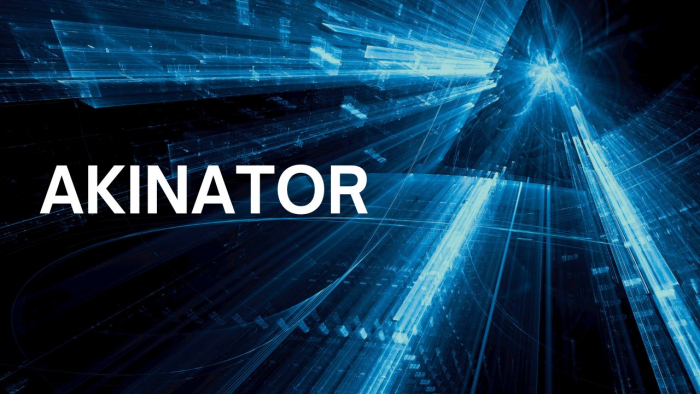Any Windows spaces makes good use of Group Policy Objects (GPOs). From password regulations to user rights, desktop limitations, and software distribution, they govern everything. An admin can modify settings across hundreds or even thousands of devices with only a few clicks. GPOs are major targets during security events because of such power as well. A GPO alteration by a hostile actor could have rapid effects.
This danger forces companies to have obvious, regular methods to track and look into GPO modifications. Improper auditing makes it simple to overlook hazardous changes or misidentify their origin. The outcome could be just as harmful whether the reason is a mistake or a deliberate attack. Every IT and security team has to establish robust GPO change auditing for this reason.
The Importance of GPOs in Security Investigations

GPOs control large-scale settings. Attackers frequently look for GPOs early in the process after gaining access to Active Directory. Changing these policies lets them turn off firewalls, modify login scripts, add backdoors, or relax password criteria. GPOs also allow them to create persistence or data exfiltration without alert generation.
Conversely, GPO modifications can sometimes take place unintentionally. A junior administrator could change a setting unknowingly. A misconfigured policy could affect more systems than planned. In any event, you must be aware of when modifications take place, what precisely altered, and who caused the change.
Auditing provides you the knowledge required for prompt action. It clarifies important issues throughout an inquiry: Was the shift permitted? Was it deliberate? Did it have an impact on sensitive systems? Your response improves the faster you complete these inquiries.
GPO Change Monitoring Challenges
Windows does offer some GPO event logging, but it's not always sufficient. Native tools such as the Event Viewer can tell you when a GPO was modified, but they don't necessarily indicate what changed. Should the logs roll over, you could lose vital information even before you know a problem exists.
Monitoring changes across several domain controllers presents still another difficulty. GPOs replicate between controllers; the logs do not always indicate the source of the change. That can make it difficult to find insider risks or track illegal activity.
Things become even more difficult in bigger settings run by several administrators controlling GPOs. Lacking a defined audit trail, you are left to speculate—or even worse, you completely overlook the danger.
Reasons to Audit GPO Changes Using Semperis DSP
Auditing GPO changes with Semperis DSP is one of the finest methods to handle these issues. Designed especially for safeguarding Active Directory systems, Semperis Directory Services Protector (DSP) It strengthens your security approach by including real-time visibility, strong change tracking, and quick reaction tools.
Using DSP lets you observe every GPO update, including precisely what was changed, who changed it, and when. This enables you to quickly spot illegal activities, look into them effectively, and reverse negative modifications as required.
The key benefit of choosing to audit GPO changes with Semperis DSP is the depth of insight it provides. You don’t just get alerts—you get full context. You can drill into historical data, compare versions of policies, and see changes even if logs are wiped or systems are offline.
This capability is crucial for responding to real-world threats. If a GPO is suddenly altered to weaken endpoint protections, you don’t want to guess. You want clear proof and a reliable way to undo the damage.
Real-Time Detection and Alerting
Security events move quickly. Waiting till morning to look into a GPO modified in the middle of the night can be too late. Semperis DSP provides real-time detection. You receive notifications the instant a change occurs—so you may respond before the assailant causes further harm.
These notifications are not only general ones. They cover the when, where, who, and what of the shift. You will know whether the modification contravenes your company's policies, which GPO it belongs to, and which setting was changed. This increases response accuracy and lowers investigation time.
Auditing GPO modifications with Semperis DSP allows you to respond on strong data rather than react blindly. This is what counts in high-pressure situations.
Rollback and Recovery Made Simple
Mistakes happen even with tight restrictions. An administrator could unintentionally delete a vital setting or implement a policy too broadly. Semperis DSP simplifies rollback. Restoring a prior GPO version takes only a few clicks.
This function makes your surroundings safer. It promotes intelligent experimentation free from concern about irreparable harm. It also hastens incident recuperation. Should a GPO be attacked, you may roll back right away rather than having to manually reconstruct it.
This ease guarantees corporate continuity. It also demonstrates to stakeholders that your security and IT staff are in charge even under unanticipated circumstances.
Historical Auditing and Compliance
Often, regulatory criteria call for evidence of change control. Auditors seek to know who altered what and why under HIPAA, SOX, or NIST guidelines. Auditing GPO updates using Semperis DSP produces clear reports that meet these criteria.
The platform keeps a searchable history of GPO updates including timestamps, user data, and change summaries. These records can be exported for audits or used to educate new team members on safe procedures.
Historical data is useful even outside of audits. It helps you find dangerous trends or repeated errors and provides you a long-term perspective on your security posture.
Reducing insider risk
Some dangers originate inside the company. Occasionally, whether intentional or not, insiders alter security by their actions. Especially if the person has valid access, traditional monitoring technologies do not always catch these activities.
By stressing abnormal GPO changes—such as turning off endpoint detection or lowering password complexity—Semperis DSP helps to identify insider threats. Policies can be established to highlight these modifications and call for examination. Should anything questionable occur, you will know right away and have the information to respond.
Auditing GPO changes using Semperis DSP helps to prevent bad actors from hiding behind administrative rights. Every action is recorded, visible, and linked to a real identity.
Centralized Domain Visibility
Tracking GPO changes gets more challenging if your surroundings has several domains or forests. DSP consolidates all this information into one location. Without changing tools or hopping between logs, you can track changes across your whole Active Directory environment.
This focused view helps to remove blind areas. It also enhances team cooperation. Using the same data from the same dashboard, security teams and IT administrators can address problems more quickly.
Visibility Begins Actionable Security
The first step to safeguarding any system is knowing what is going on inside it. Changes to Group Policy could appear little but their effects can be great. Real-time, dependable GPO auditing is thus more than a feature. It is required.
Deciding to monitor GPO changes with Semperis DSP transforms this need into a strength. It equips your team to confidently find, look into, and react to GPO-related events. Whether the threat comes from malware, misconfigurations, or hostile insiders, you'll be prepared.
Last Discussions
No setting is too tiny to safeguard in the threat environment of today. Though strong, GPOs are also rather potent. One shift might either unlock the door to compromise or guarantee your systems. Your security basis has to include GPO audits for this reason.
Auditing GPO changes using Semperis DSP gives you control over one of the most vital components of your infrastructure. You see changes as they occur, look into events more quickly, follow rules, and maintain your company safe. This sort of visibility transforms GPOs from a weak point to a line of defence.
Keep up to date. Remain vigilant. Put GPO audits at the core of your security approach to remain safe as well.
Post Comment
Be the first to post comment!




